Division of Signal Functions
Molecular Pharmacology
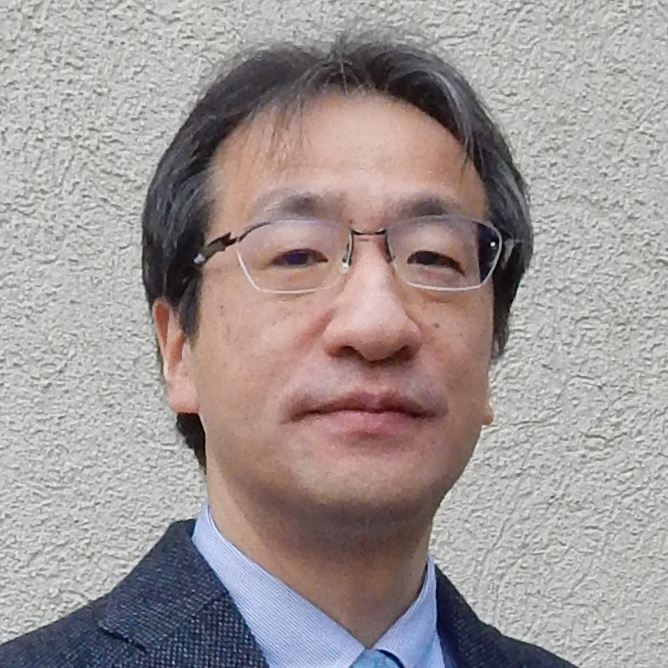
Professor: Takehiko Ueyama
TEL: +81-78-803-5961
FAX: +81-78-803-5971
E-mail: tueyama(at)kobe-u.ac.jp
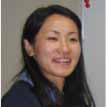
Assistant Professor: Naoko Adachi
TEL: +81-78-803-5962
FAX: +81-78-803-5971
E-mail: na(at)gold.kobe-u.ac.jp
Research Contents
To develop novel and innovative therapeutics for human diseases, we are studying the pathogenic mechanisms of diseases at the molecular, cellular, and individual levels (using genetically engineered mice and human patients). We are particularly interested in understanding physiological and pathological phenomena by visualization using various methods.
- Unraveling the developmental and maintenance mechanisms of hearing and balance, as well as the challenges for the development of the first drug against hearing loss
- Elucidation of reactive oxygen species (ROS) roles and ROS-related disease mechanism at individual levels
- Elucidation of establishing mechanisms of the laterality in vision, hearing, touch, and pain
- Post-translational protein modification in physiology and pathophysiology
- Development of novel therapeutic agents for brain tumors and neurodegenerative diseases
Our members gather from many fields (medicine, science, agriculture, pharmacy) with different perspectives.
Cell Signaling
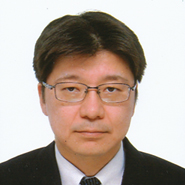
Professor: Hiroshi Harayama
TEL: +81-78-803-5805
FAX: +81-78-803-5807
E-mail: harayama(at)kobe-u.ac.jp
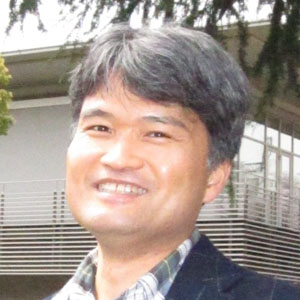
Associate Professor: Akio Nakashima
TEL: +81-78-803-5965
FAX: +81-78-803-5972
E-mail: anakashima(at)person.kobe-u.ac.jp
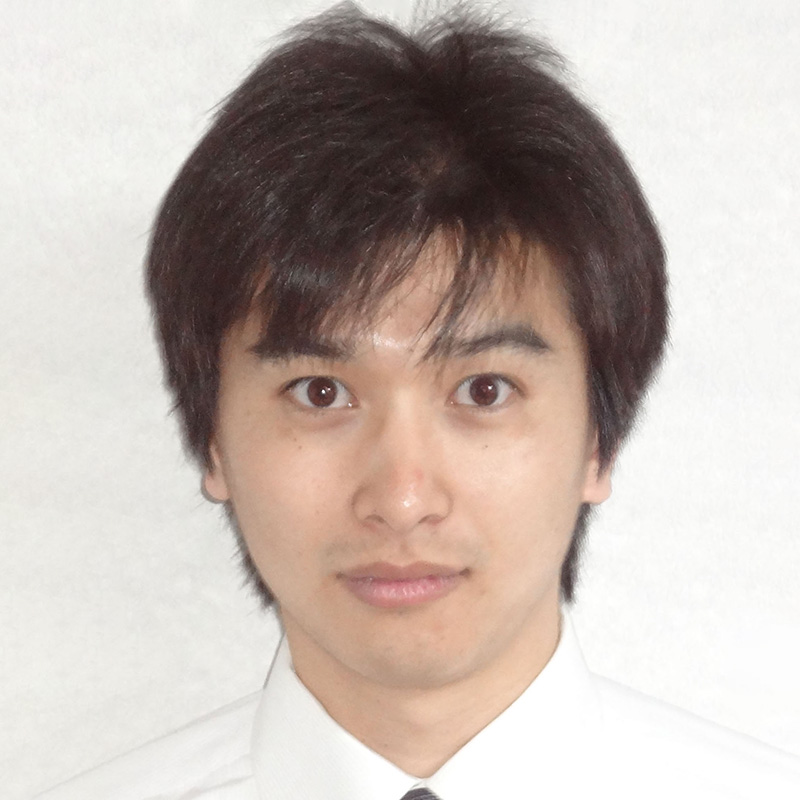
Assistant Professor: Satoshi Ninagawa
TEL: +81-78-803-5965
FAX: +81-78-803-5972
E-mail: sninagawa(at)harbor.kobe-u.ac.jp
Research Contents
Our laboratory is investigating the molecular mechanisms of cellular processes to adapt cells to environmental changes including physiologically active substances, cellular stresses, and nutrient availability. It is known that abnormalities in those cellular responses are associated with the development of various diseases such as cancer, diabetes, and muscular dystrophy. By analyzing the mechanisms of cellular functions in the following three themes, we aim to elucidate unknown molecular systems that contribute to the pathogenesis of human diseases and promote advanced basic research that will lead to new drug discovery innovations.
1. Molecular mechanism of the TOR signaling pathway
TOR is an evolutionarily conserved protein kinase that was identified as a target protein of rapamycin, an immunosuppressant and anti-cancer drug, and plays pivotal roles in various cellular processes in eukaryotes. We are analyzing various regulatory mechanisms and functions of the TOR signaling pathway at the molecular level.
2. Molecular mechanisms of nutrient sensing
Nutrients such as amino acids and sugars are essential for cells to maintain vital functions. In recent years, it has become clear that cells regulate cellular functions by sensing the alteration of nutritional status using a variety of molecules and signaling mechanisms. We are discovering and analyzing novel nutrient sensing systems and cellular regulatory mechanisms.
3. Protein quality control in the endoplasmic reticulum
The endoplasmic reticulum (ER) is an important organelle where approximately one-third of all proteins are biosynthesized. Membrane proteins and secretory proteins newly synthesized in the ER undergo post-translational modifications such as N-glycosylation and disulfide bond formation, acquire the correct conformation, and are transported to their respective destinations. However, structurally aberrant proteins are returned to the cytoplasm, where they are degraded by the proteasome in the cytosol. Thus, the ER has a sophisticated protein quality control system. Our research focuses on clarifying this molecular mechanism using cultured human cell lines.
Membrane Biology
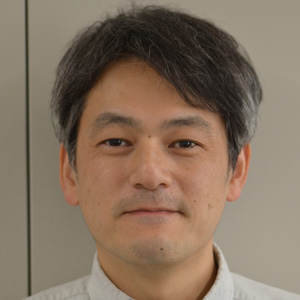
Professor: Toshiki Itoh
TEL: +81-78-803-5792
FAX: +81-78-803-5782
E-mail: titoh(at)people.kobe-u.ac.jp
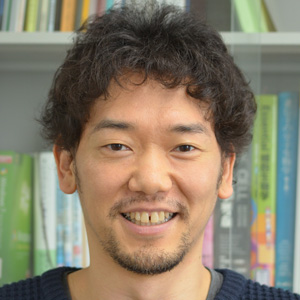
Associate Professor: Kazuya Tsujita
TEL: +81-78-803-5967
FAX: +81-78-803-5782
E-mail: tsujita(at)people.kobe-u.ac.jp
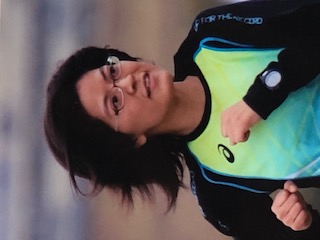
Assistant Professor: Yuri Nemoto
TEL: +81-78-803-5967
FAX: +81-78-803-5782
E-mail: yuri.nemoto(at)people.kobe-u.ac.jp
Research Contents
In our laboratory, we are conducting research focusing on the mechanism of "invasive motility of cancer cells," which makes malignant tumors the most difficult disease. All cell motility phenomena, not just cancer cells, are accompanied by large-scale structural changes in the plasma membrane and the actin cytoskeleton underneath. We are trying to understand this complex phenomenon by focusing on "membrane tension," which is a physical parameter that determines such structural changes in the plasma membrane. The main research contents of the laboratory are focused on:
- Significance of the plasma membrane tension in the behavior of malignant cancer cells,
- Role of membrane tension-sensors, i.e. the F-BAR proteins, in invasive migration of cancer cells,
- Molecular mechanisms that produce tension in the plasma membrane, and
- Elucidation of mechanotransduction mechanism via membrane tension.
As a tool to measure and evaluate the tension applied to the plasma membrane, we use optical tweezers. By measuring the force applied to the membrane by "pinching" and "pulling" the plasma membrane, we discovered that the plasma membrane tension decreases as the cancer cells become malignant. It has also been clarified that the decrease in membrane tension is recognized by the F-BAR proteins, which have both the activities of bending membranes and promoting actin polymerization, triggering cancer invasion.
According to our research, the "physical force" exerted on the plasma membrane and the underpinning actin cytoskeleton presumably functions as a "physical signal" that controls intracellular signal transduction via phosphorylation, ubiquitination, G protein, etc. By focusing on the relationship between "force" and "shape" of cell membranes, we are conducting research with the aim of discovering unprecedented therapeutic strategies.


